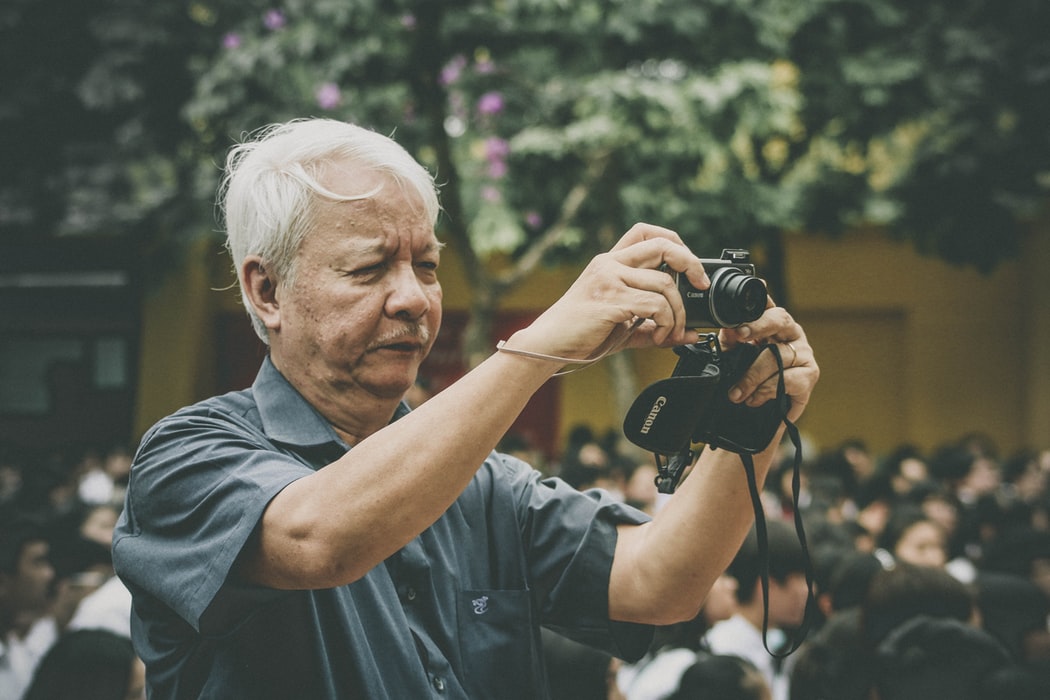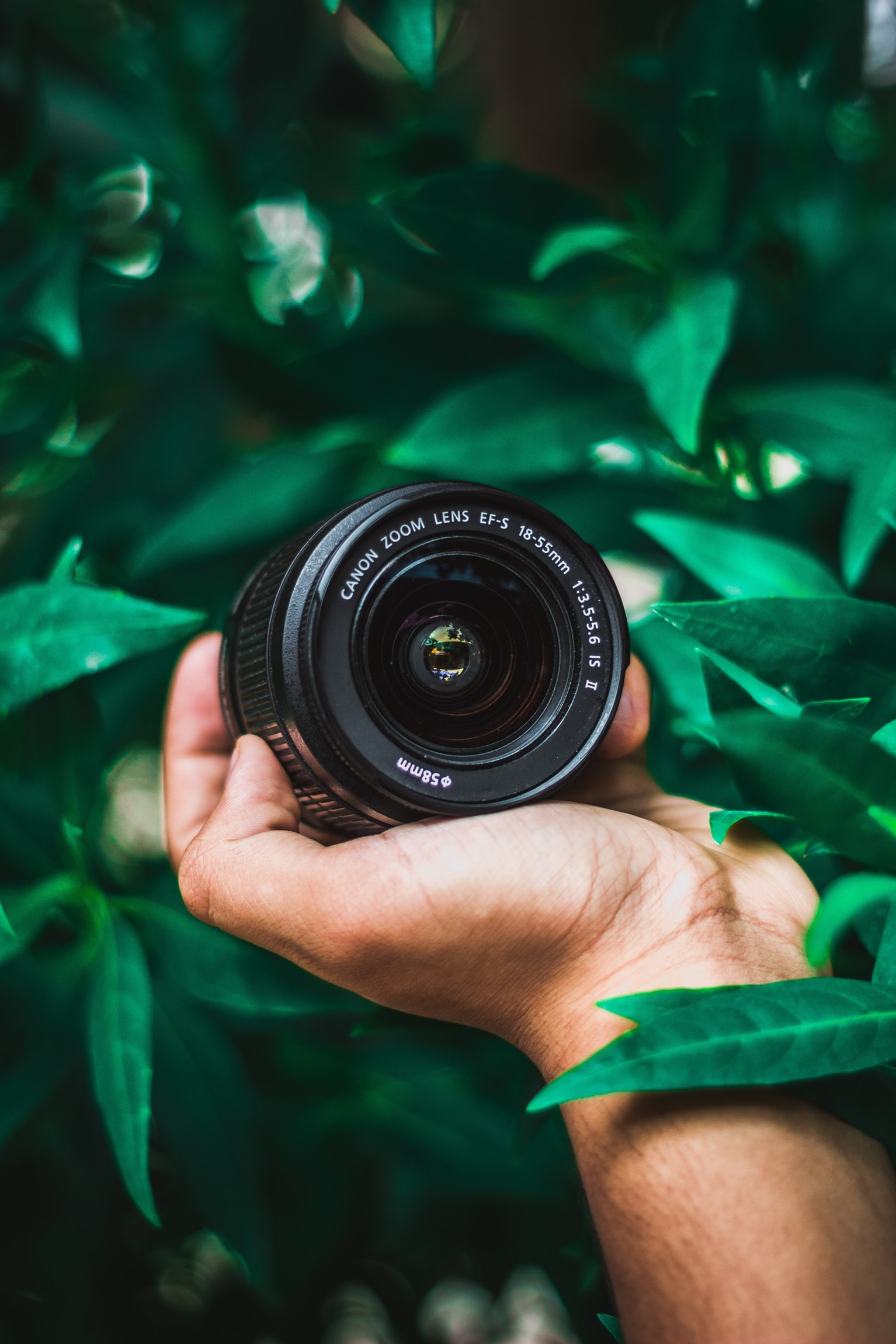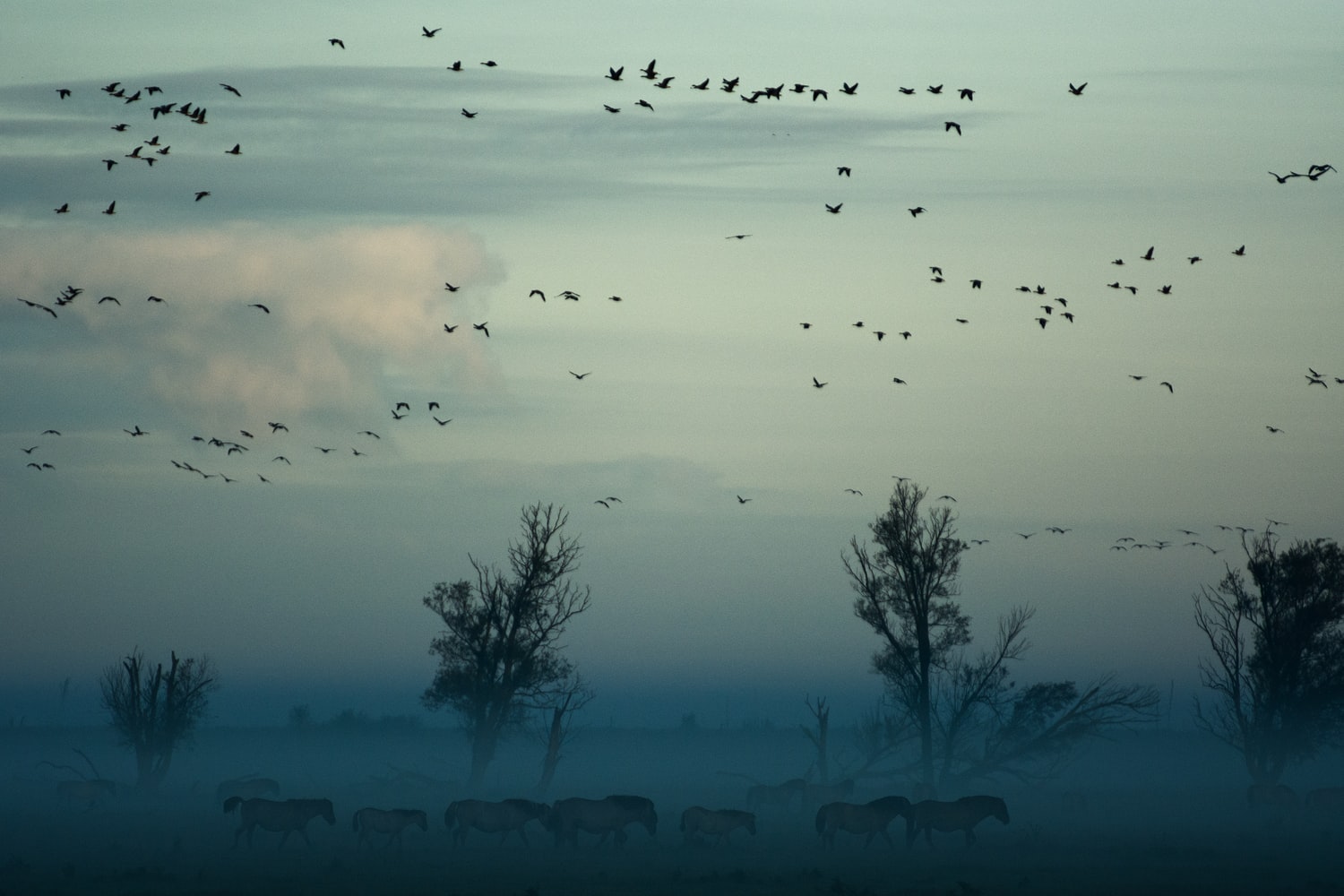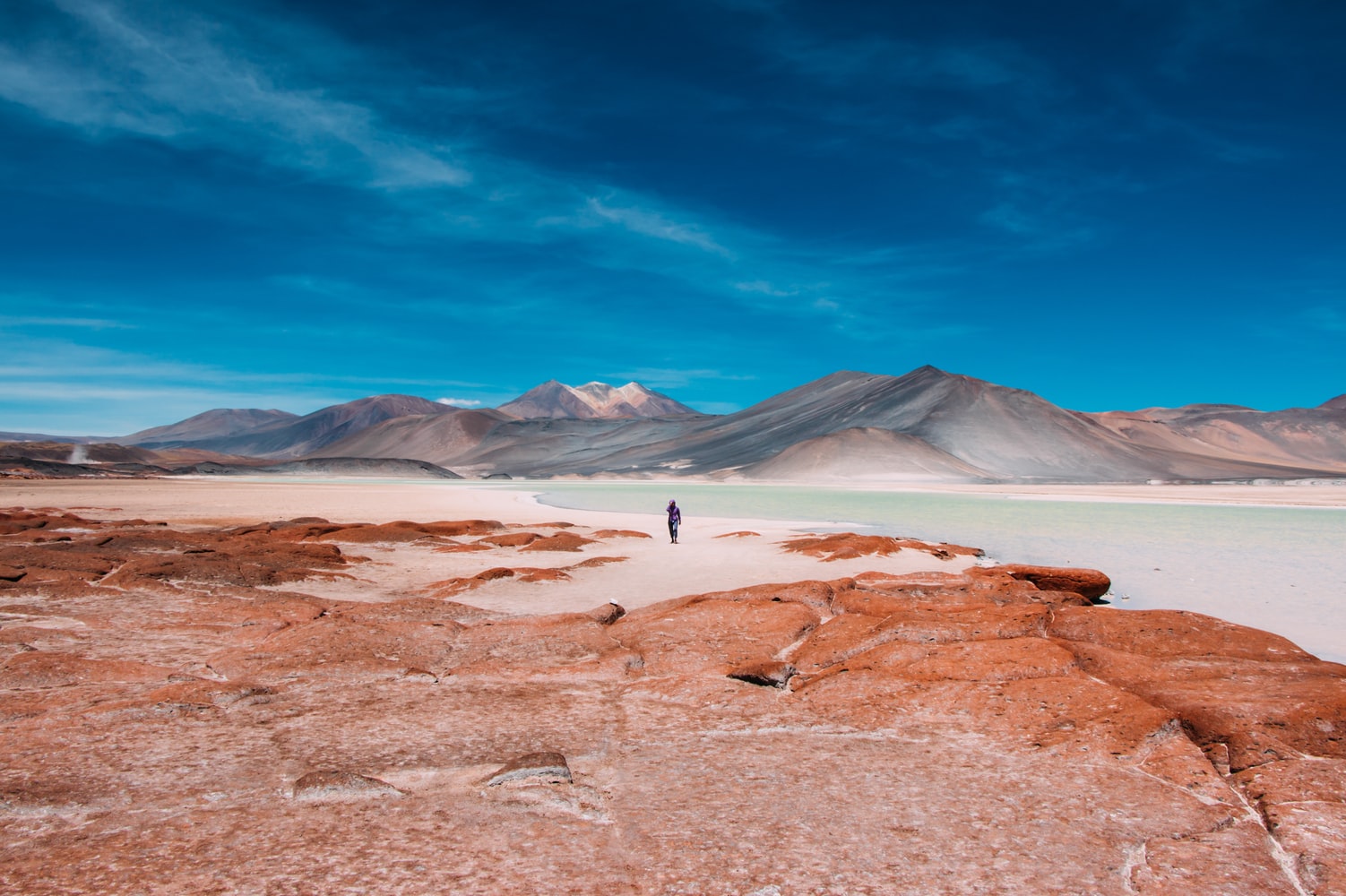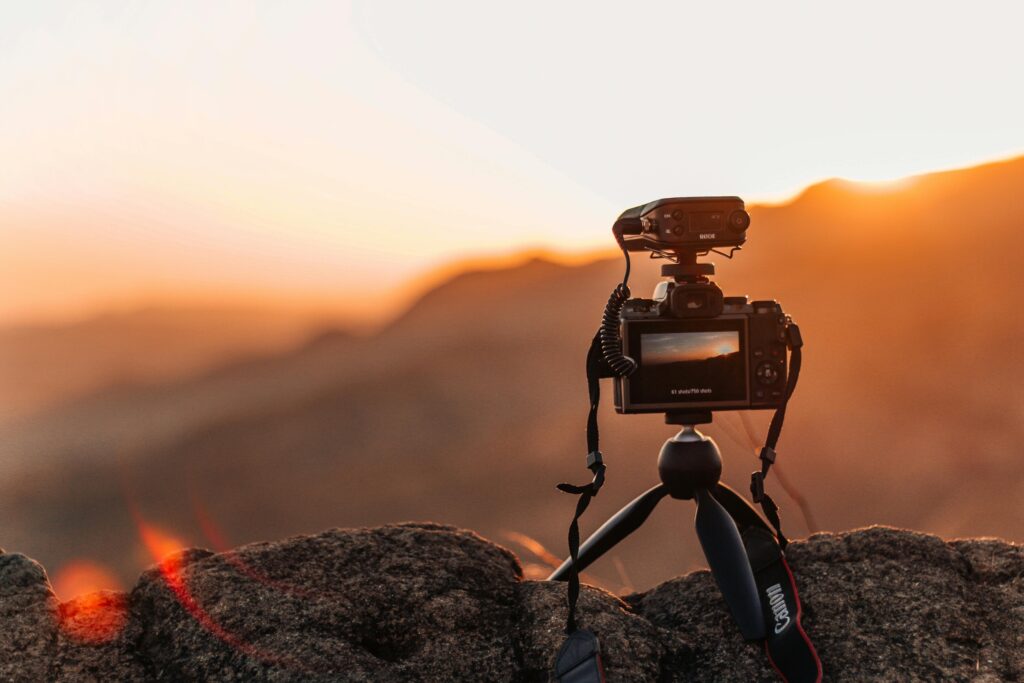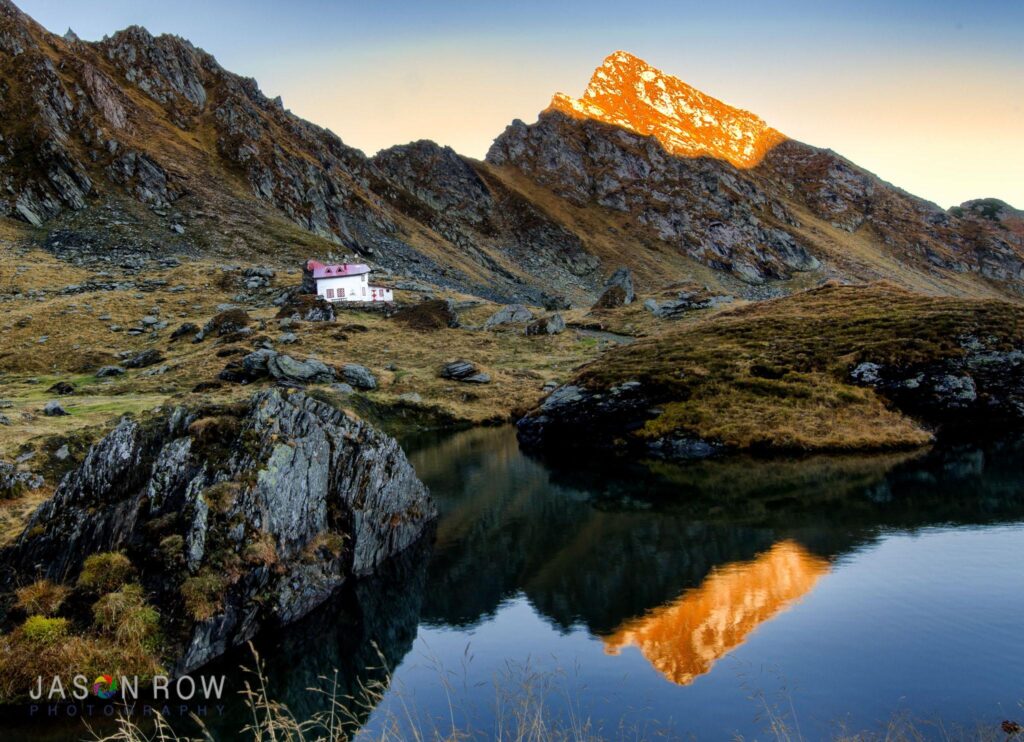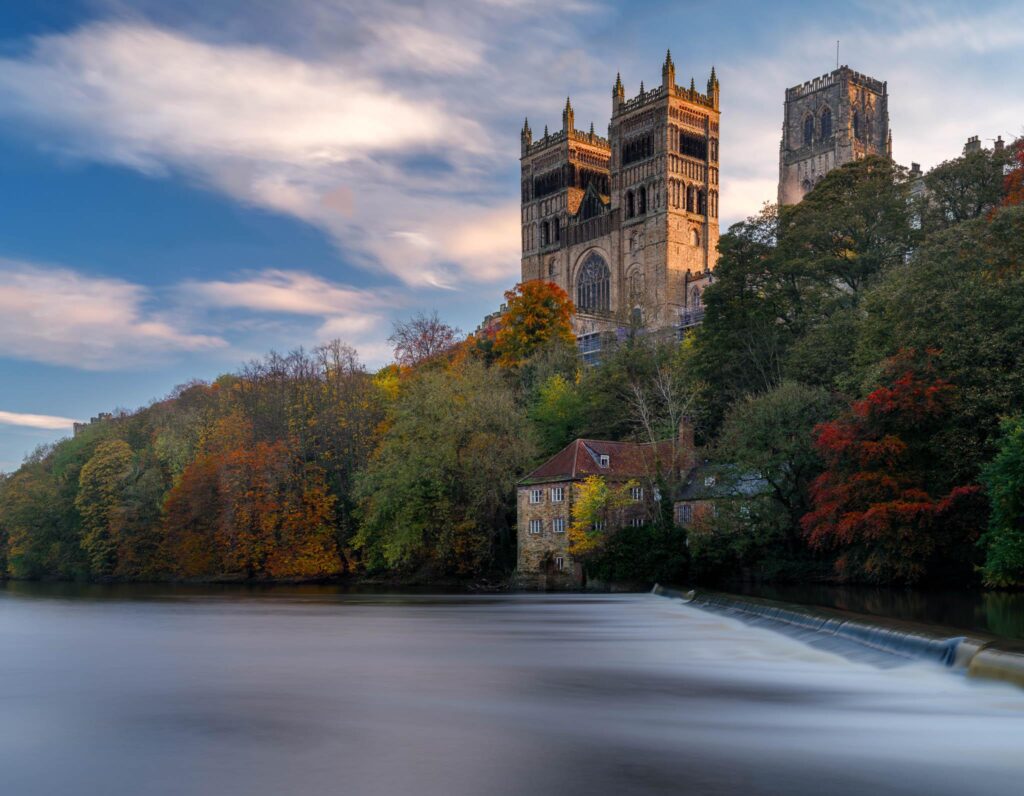There is a strong relationship between “the inner voice” or “style” and a specific photography niche or genre. And it really makes sense if you think about it. Why have a style if there's no niche to fit it into, right?
The first time that I saw this Wikipedia entry they listed 82 photography genres, and now they list 90. And trust me, the first time I saw this reference table wasn't that long ago, in fact, it was only about 7~8 months ago.
These existential thoughts have a huge impact on a photographer's life, and thoughts of style and developing a style, well we take it pretty seriously.
So, I want to share some valuable insights that I have learned over the years about finding and embracing a new genre. And I really wish I'd known this earlier in my career.
The Kit-Lens Way
This one will surprise you, and perhaps is something you won't hear from camera manufacturers, everyone should start with the Kit Lens and shouldn't be allowed to change it for like a year or so.
Interchangeable Lens Cameras (ILC) have the huge evil of allowing us to pick from a variety of options. That is nice, but frankly, you should only be chopping and changing lenses once you have found a genre that you actually enjoy.
The first thing that happens in most cases after someone buys a camera that allows them to interchange lenses is they start asking: “Which lens should I buy”? And all the confusion starts, fogging our vision and this gets in the way of finding our voice.
The Kit Lens is the answer to this. It is a cheap piece of plastic that has some serious limitations, but these limitations allow newcomers to understand the difference between “wide” and “tele”, and the importance of that extra step of light they lose when the maximum aperture suddenly becomes f/5.6 at 55mm.
These limitations encourage people to find better solutions, and most importantly, it silently tells you which lens should be the next lens on your shopping list.
If you feel great shooting indoors and architecture, you'll find that a wider lens will give you more creative freedom. Also, you'll find that if you like walking down the streets in order to photograph the “every day”, a smaller camera and lenses are for you.
If you love wildlife, a longer lens will take you closer to what you want to capture. If you enjoy landscapes, you'll feel that you are not moving away from that 18mm from your kit lens. If you like portraits you'll feel awesome at shooting at 55mm but you'll want a more generous aperture.
You see where I am heading right? This tiny piece of plastic shouldn't be ignored as it is the first step in finding your photography niche.
The Research Method
The kit lens is a great way to start, but some fine-tuning should be performed, and that is only achieved by doing some research. Get inside photography websites like 1X, 500px, and even Flickr. With those three you should be covered.
Start browsing photos, and you'll find that people usually tag their work under certain categories or genres. If you feel incredibly drawn to a specific type of photographs, start jotting down the recurrent tag, and then do some more research about it.
Imagine that you are really into night photographs that depict stars swirling in the sky. Well, that is “astrophotography” or “star trail photography” and could be your passion. I still remember when I found out about street photography, at first I felt really comfortable talking to strangers on the streets and taking portraits of them. Then I felt that achieving natural looks was even more satisfying for me. At first, it was some sort of “social photography” or “taking photos of people out there”. Eventually, after some research, I knew that what I was doing was called street photography and that there was a huge legacy behind it.
Doing research is extremely important because it gives you a better understanding of the philosophy of specific niches. Landscape photographers have a particular vision of the world, photojournalists have another perspective of what is worth shooting with their cameras. Every single genre has a mystic aura behind them.
The Crazy U-Turn Method
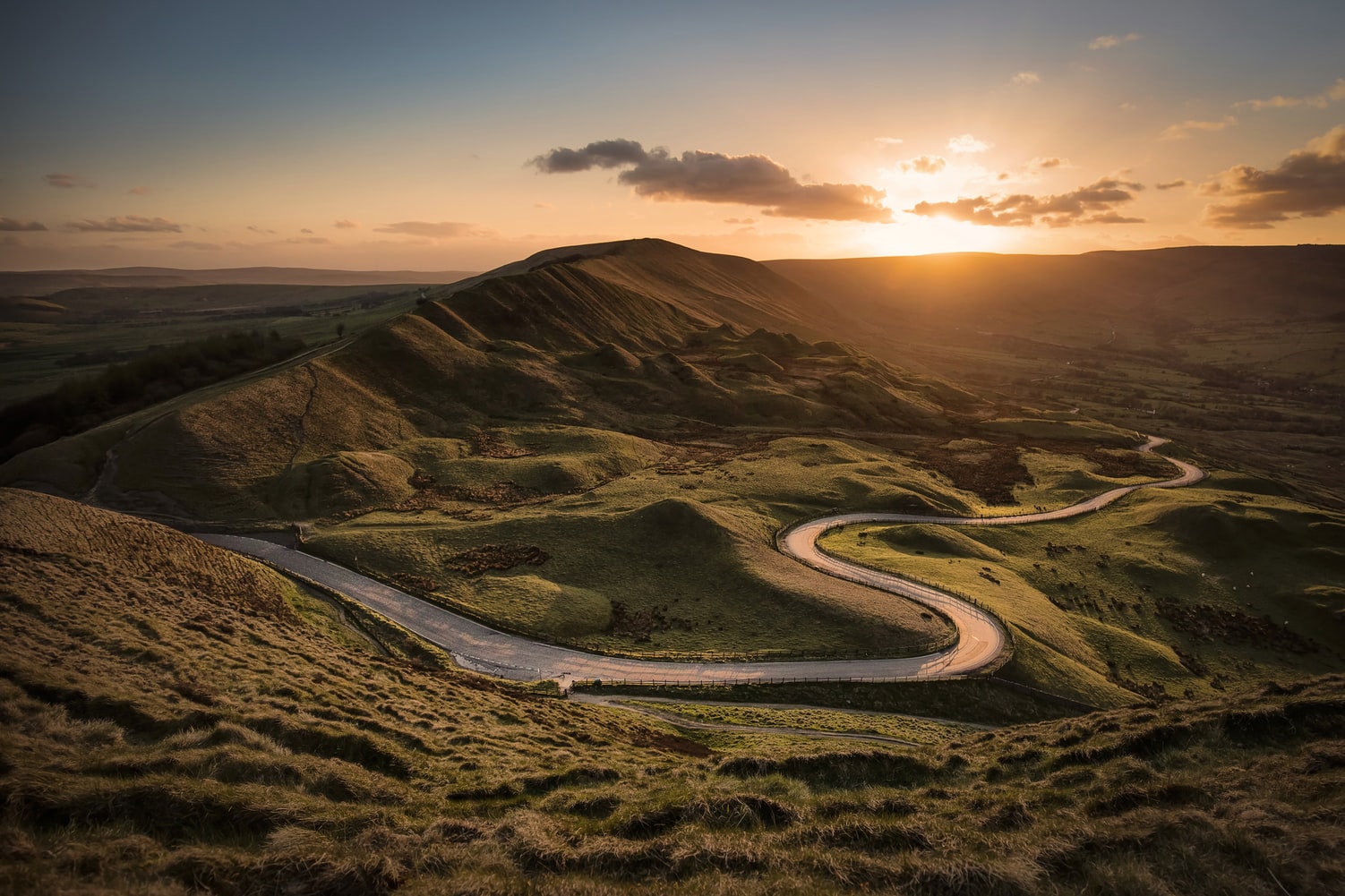
This is only viable for the experienced photographers that wish to keep on learning. And is quite simple, after having almost mastered a niche, you get involved in something completely different. If you think this is crazy and you think that I went nuts, then please watch “The Salt of the Earth” to see how Sebastião Salgado turned from documentary and photojournalism into nature photography, and he excelled at both.
He isn't, of course, the first photographer that makes this sort of complete u-turn, it is something quite common among photographers since photography is something you won't master completely even after a lifetime. In fact, Michelangelo Antonioni made a movie around this existential conflict, a true masterpiece under the title of “Blow-Up“.
If you ever feel sort of bored or blocked with a genre that you have worked with for a number of years, you can always try to learn another genre. I haven't gotten to that point yet, but I do allow myself to shoot random images of different genres with film. I always end up doing street images, but I feel less guilty shooting still lifes with film than with digital. It is nuts, I know, but film allows me to feel sort of free from my passion for street photography.
Honestly, I found my genre pretty fast, but I still threw away time and money finding it. Money that I could have used on travel and some photography books. But hey, it is done now and I can share my experiences here. I really hope you find this information valuable, and if you are still having trouble finding your photography niche, then you can always ask for help here on our beloved forums!

